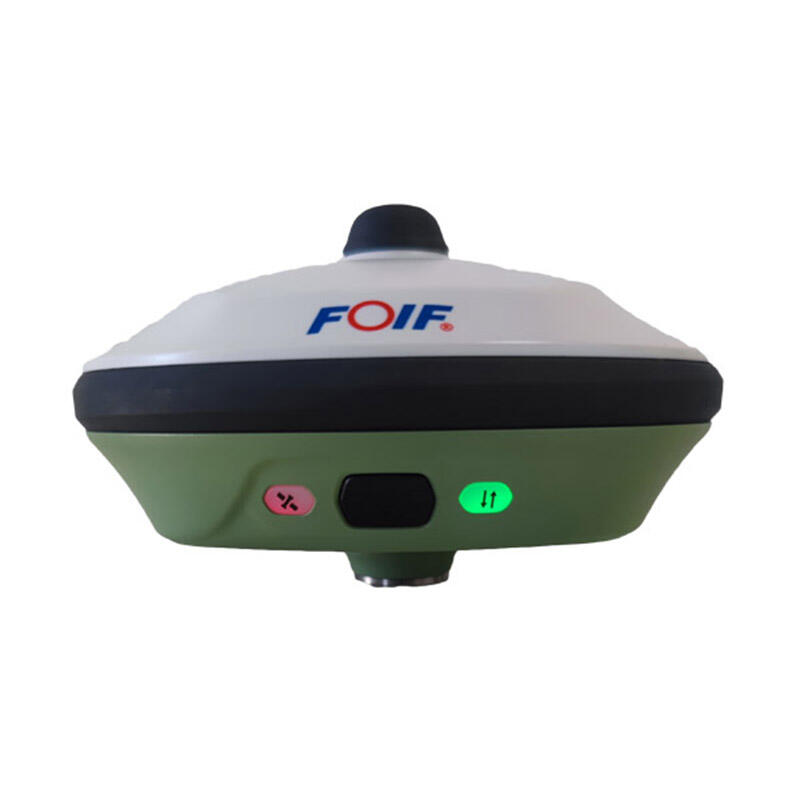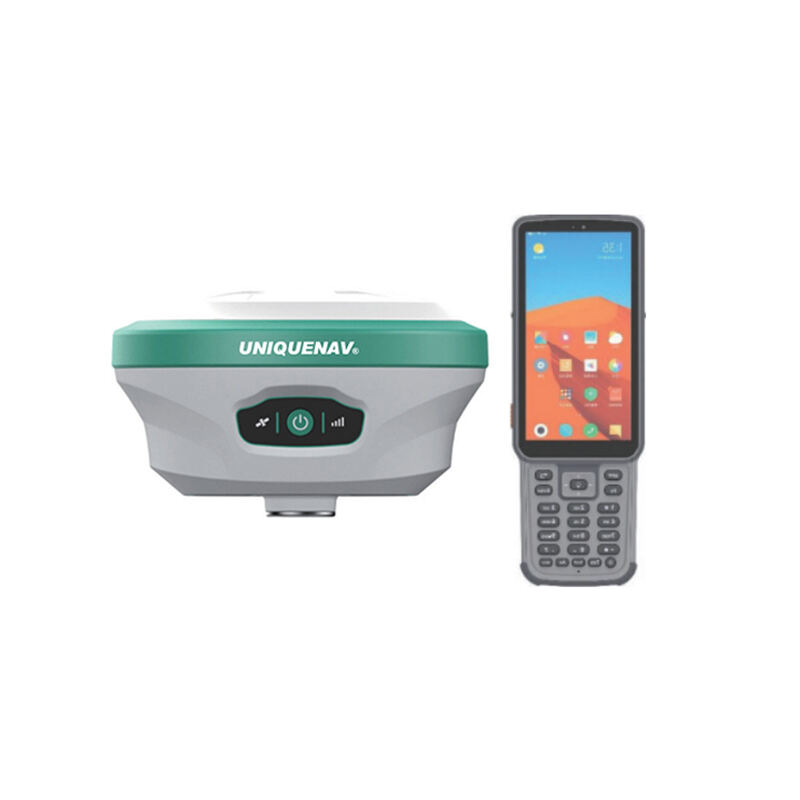gps gnss receiver
A GPS GNSS receiver is a sophisticated navigation device that combines Global Positioning System (GPS) and Global Navigation Satellite System (GNSS) technologies to provide accurate positioning, navigation, and timing information. This advanced device processes signals from multiple satellite constellations, including GPS, GLONASS, Galileo, and BeiDou, ensuring enhanced accuracy and reliability in various environments. The receiver works by capturing radio signals from satellites orbiting Earth, calculating the precise distance between the receiver and multiple satellites, and using trilateration to determine its exact position. Modern GPS GNSS receivers feature multi-frequency capabilities, enabling them to process signals on different frequency bands, which significantly reduces atmospheric interference and multipath errors. These devices typically include advanced signal processing algorithms, anti-jamming technology, and real-time kinematic (RTK) positioning capabilities, offering centimeter-level accuracy in optimal conditions. The technology finds applications across numerous sectors, from precision agriculture and surveying to autonomous vehicle navigation and consumer navigation devices. The integration of multiple satellite systems provides better coverage, especially in urban canyons or areas with partial sky visibility, making these receivers increasingly essential for professional and commercial applications.


